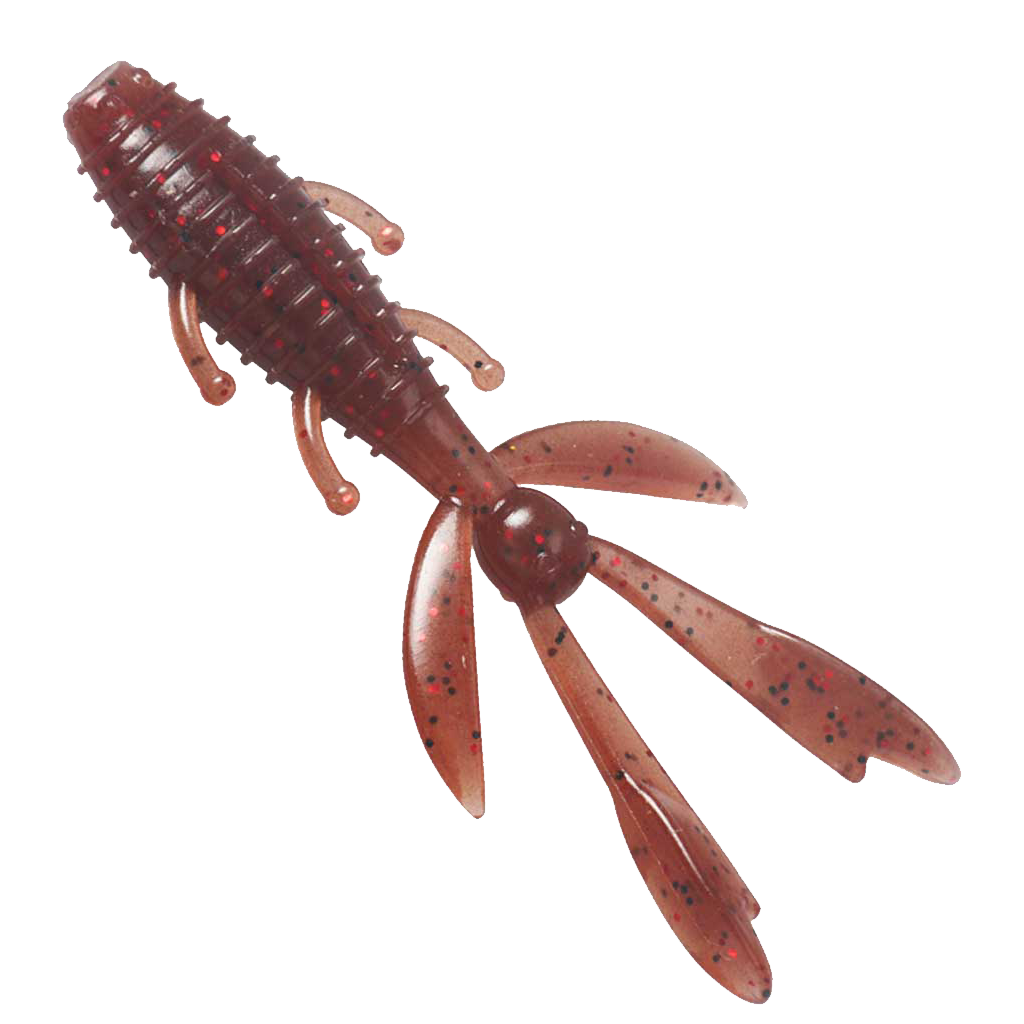
What Shoud I Look For in a Flathead Lure?
🔔 Get the Best Soft Plastics for Bream & Flathead!
Shop our most popular soft plastics today:
✅ Bottom Bug – Realistic Crayfish Lure
✅ Squideez Soft Plastic – Perfect for finesse estuary fishing
✅ Bullet Prawn – Irresistible prawn action for flathead
📦 Fast Aussie Shipping – Order Now!
What Should I Look For in a Flathead Lure?
Flathead are sight predators so shape, colour, size, and lure action are important when fishing for them. To get a strike at least one of them has to grab a Flatties attention.
Fish have sight receptors that can see colour and some fish can see ultraviolet light. Flathead stomach contents have been found to contain various contents like squid, small fish, prawns, crabs, sandworms, and similar baitfish. It is best to choose a lure that resembles natural baits in at least one or two aspects like colour, size, shape, vibration, etc.
Don't focus too tightly on sight as their primary source of food finding senses for Flathead. Sight is a very important sense to Flathead, though. Flathead can also feed in low visibility conditions and at night. Flatfish have been known to hunt in very shallow water at night so sight isn't the only sense they use to feed. Deep water also holds Flathead and that limits the amount of light that they get at depth so they have to use other senses to feed.
Get One or Two Sensory Grabbers for Best Flathead Lure Results
- Colour
- Shape
- Size
- Vibration
- Scent
- Retrieve
Fish have what is called a lateral line that is very sensitive. It has receptors that allow fish to 'feel' what is around them in. low light conditions. These sensors allow fish to feel the presence of prey, where prey is, and what it might be. It is somewhat like hearing but not exactly.
Lures that imitate the movement and size of Flathead prey can help bring the bites. Soft plastics that flutter or vibe lures that have tight wobble can alert Flathead waiting to pounce on prey. A jig that bounces off the bottom and rips off to the next spot can tip off a waiting Flattie. Many soft plastics that work great don't even look like a shrimp or crab, they just look tasty and have plenty of action and vibration.
Flathead tend to inhale their prey ambush style. Since Flathead engulf their food and spit out what they don't want scent isn't quite as important. Good scent will, however, increase their holding time allowing for more positive hook sets. Scented lures or added scent can help greatly with Flathead not only finding your lure but extending the amount of time they hold the lure in their mouth. This allows the angler to notice a strike and allow for a good hook set.
Flathead fishing is great in estuaries and the ocean. Soft plastic lures work great for catching Australian Flathead. Hop a soft plastic lure on a jig head across the bottom of a reef or sand flat and your chances are good that you could catch a Flathead. Retrieve the Flathead lure around the edges of weed beds or surf gutters. Try soft plastics in various colours and different sizes.
The best time to try lures like vibes, jerk baits, and other hard body lures in shallow water is near dark. Flathead can be a lot of fun on surface lures like poppers at dusk. Hard bodies that sputter or spray water can bring in some nice strikes on the sand flats. You might be surprised at the Flathead caught in under a metre of water.
Dusky Flathead, like other Flathead species, like to wait and ambush their prey. Their favourite spots are where they have an advantage of surprise. Transitions like weeds, rocky reef with sand, surf rips and gutters, and edges of deeper water are great places to try. There really is no best lure for every condition but with so many lures available an angler can make an educated decision as what to try.
Snapper or Bream may be also caught while fishing for Flathead. Flathead love the same kinds of food that other table fish like so it makes sense that other species may be caught when fishing for Flathead.
Match the lure size, colour, and shape to your conditions and forage fish species. Use lighter line and smaller lures when the water is cooler in the winter months. Lures are a great way to catch the various species of Flathead. All you need to do is get the presentation close enough to match at least one of the sensory parameters.
🔔 Get the Best Soft Plastics for Bream & Flathead!
Shop our most popular soft plastics today:
✅ Bottom Bug – Realistic Crayfish Lure
✅ Squideez Soft Plastic – Perfect for finesse estuary fishing
✅ Bullet Prawn – Irresistible prawn action for flathead
📦 Fast Aussie Shipping – Order Now!
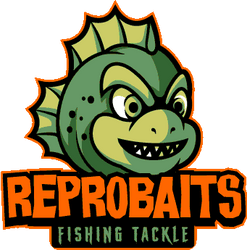
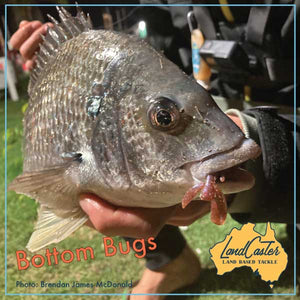
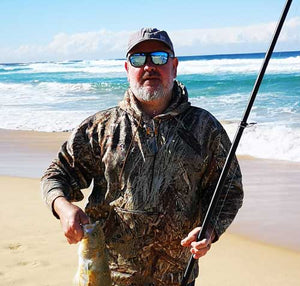
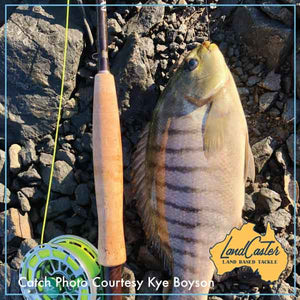
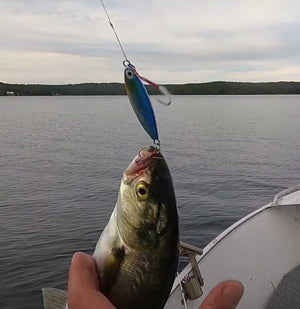
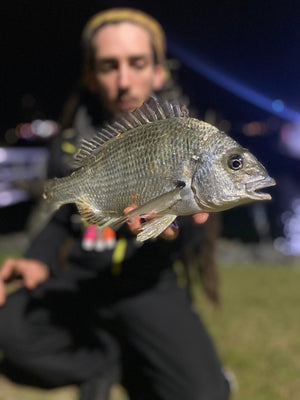
Comments
Leave a comment